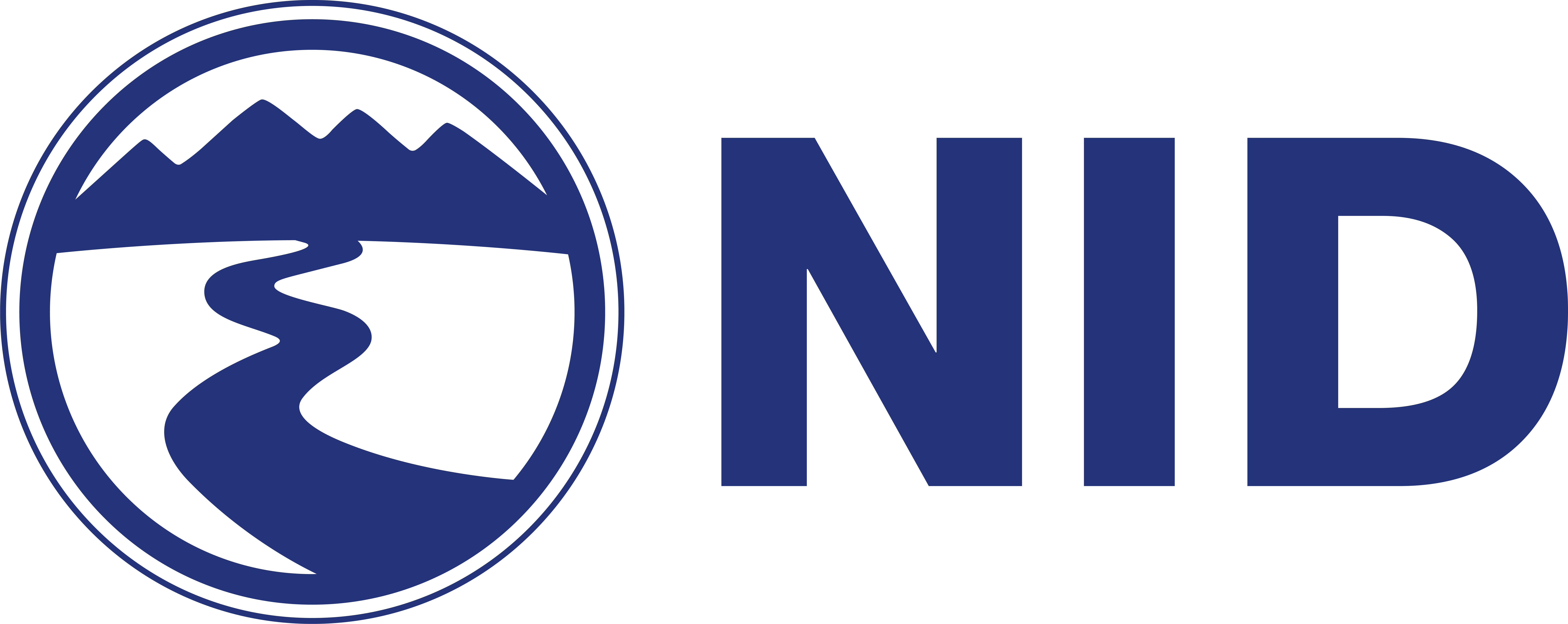NID scores high in water quality tests; annual report released
July 17, 2020
Drinking water supplied to Nevada Irrigation District (NID) customers continues to meet and exceed state and federal public health standards, based on testing results that serve as the basis for the District’s just-released annual water quality report.
The report, also known as the Consumer Confidence Report, summarizes NID’s water quality monitoring and testing programs for the 2019 calendar year. The information focuses on water supplied through the Elizabeth L. George, Loma Rica, Lake Wildwood, Lake of The Pines, North Auburn and water treatment plants.
“More than ever, the COVID-19 pandemic has demonstrated the importance of delivering a safe and reliable water supply to the more than 19,500 treated water connections in NID’s service area,” said Chip Close, NID’s water operations manager. “We are committed to delivering the best-quality drinking water at the lowest cost possible, and are proud that our latest Consumer Confidence Report confirms that our actions are having such a positive effect.”
The District treated and distributed more than 2.8 billion gallons of surface water in 2019. This water originated in the Sierra Nevada snowpack on five mountain watersheds, including the Middle and South Yuba rivers, the Bear River, and Deer Creek.
Effective operation and maintenance of the drinking water distribution system assures high-quality drinking water travels through the system to customers. The District also conducts weekly water quality testing in its system to ensure that drinking water continues to meet state and federal requirements.
The report covers a variety of substances, including microbial contaminants (such as viruses and bacteria), inorganic contaminants (such as salts and metals), pesticides and herbicides, organic chemical contaminants, including synthetic and volatile organic chemicals that are by-products of industrial processes and petroleum production and radioactive contaminants.
NID’s water quality report is an important part of the public’s right-to-know as established in the 1996 Amendments to the Safe Drinking Water Act (SDWA, section 1414(c)). Community water systems (CWSs) are required by Federal regulations (63 FR 44511, August 19, 1998) to provide the annual report.
